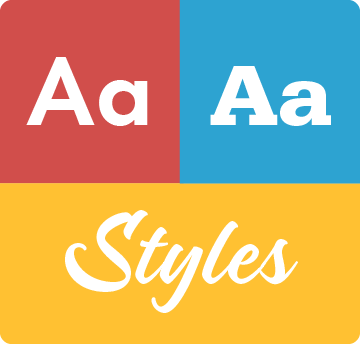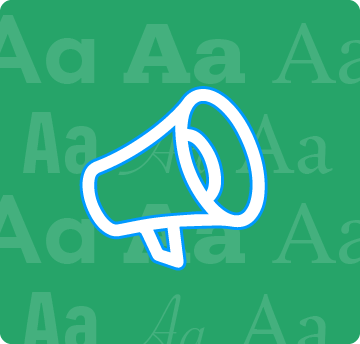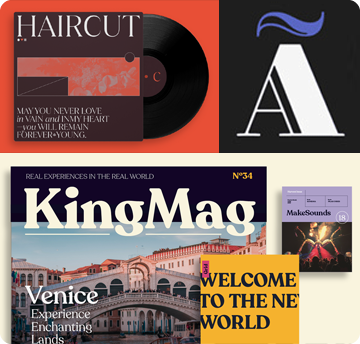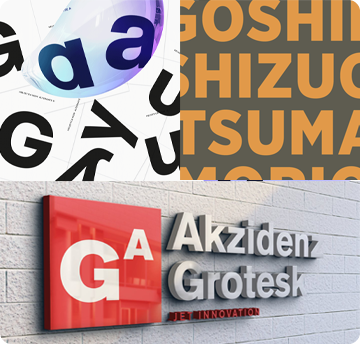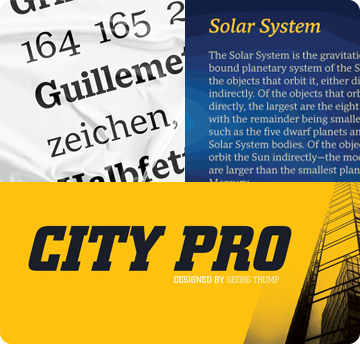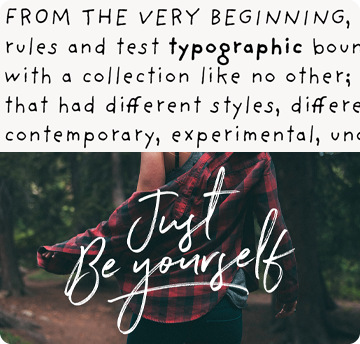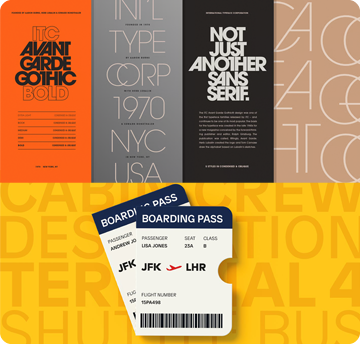Seleccione este tipo de licencia cuando esté desarrollando una aplicación app para iOS, Android o Windows Phone, y vaya a incrustar el archivo en el código de su aplicación móvil. va a incrustar el archivo fuente en el código de su aplicación móvil.
Domani CP
por CounterPoint Type Studio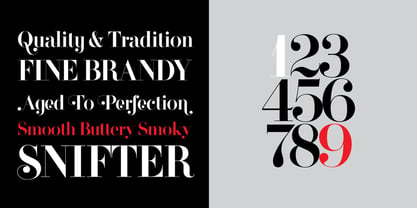
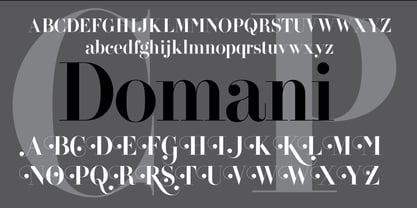
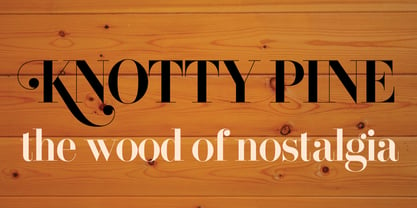
Basic typesetting
Letter case
Numerals and scientific typesetting
Typographic variants
Restablecer
Sobre la familia Domani CP Fuente
Diseñadores: Tom Carnase, Jason Anthony Walcott, Herb Lubalin
Editorial: CounterPoint Type Studio
Fundición: CounterPoint Type Studio
Propietario del diseño: CounterPoint Type Studio
MyFonts debut: Oct 23, 2013
Acerca de CounterPoint Type Studio
The new type foundry from long-time font designer Jason Walcott. CounterPoint fonts will continue to provide the graphics industry with high-quality OpenType fonts. The main focus of CounterPoint designs will be on developing unique and interesting display faces. When applicable, the advantages of OpenType technology will be used to create typefaces that are able to give a more hand-lettered and organic look to computer based fonts.
Seguir leyendo



